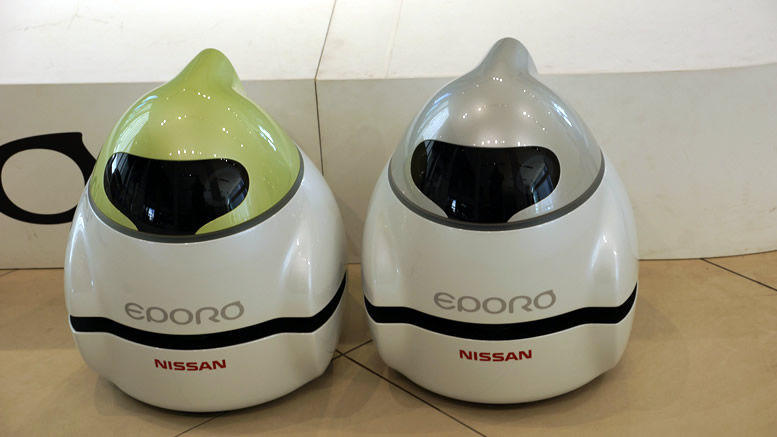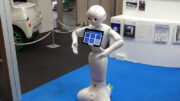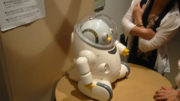 In the ever-evolving world of robotics, Nissan’s Eporo robot stands out as a remarkable innovation. Introduced as a proof of concept, Eporo is not just any robot; it represents a significant leap forward in autonomous mobility, drawing inspiration from nature to revolutionize how robots navigate and interact with their environment.
In the ever-evolving world of robotics, Nissan’s Eporo robot stands out as a remarkable innovation. Introduced as a proof of concept, Eporo is not just any robot; it represents a significant leap forward in autonomous mobility, drawing inspiration from nature to revolutionize how robots navigate and interact with their environment.
Eporo, which stands for “Episode 0 Robot,” is modeled after the behavior of fish in a school. Just as fish move in unison, maintaining close proximity without colliding, Eporo robots are designed to move together in a coordinated manner. This bio-inspired approach allows Eporo to navigate complex environments, avoid obstacles, and maintain a harmonious flow within a group. The key to this lies in the robot’s ability to communicate with its peers and make real-time decisions based on the actions of others.
Eporo robots are equipped with a range of sensors and communication tools that enable them to detect obstacles, calculate distances, and adjust their movements accordingly. Using laser range finders and ultra-wideband radio signals, the robots can determine their relative positions within a group. This technology allows them to move in a synchronized manner, mimicking the fluid movements of a school of fish or a flock of birds.
One of the most impressive aspects of Eporo’s technology is its ability to operate in a swarm without centralized control. Each robot acts independently, yet it seamlessly integrates into the collective movement of the group. This decentralized approach is crucial for future applications, particularly in environments where a single point of control might not be feasible or desirable.
While Eporo began as a research project, its implications are far-reaching. The technology behind Eporo has the potential to revolutionize various industries. For instance, in autonomous vehicles, the principles used by Eporo could lead to safer, more efficient traffic systems, where cars communicate with each other to avoid collisions and reduce congestion.
In warehousing and logistics, swarms of Eporo-like robots could work together to move goods more efficiently, reducing the need for human intervention and minimizing errors. The agricultural industry could also benefit, with robots working in tandem to perform tasks such as planting, harvesting, and monitoring crops.
Moreover, Eporo’s technology has potential applications in disaster response scenarios. Swarms of robots could be deployed to navigate hazardous environments, search for survivors, and deliver essential supplies, all while avoiding obstacles and working together to cover large areas quickly.
Nissan’s development of the Eporo robot reflects the company’s broader vision of the future, where autonomous systems play a key role in enhancing safety, efficiency, and sustainability. By drawing inspiration from nature, Nissan has demonstrated that biomimicry can lead to innovative solutions for complex challenges.




